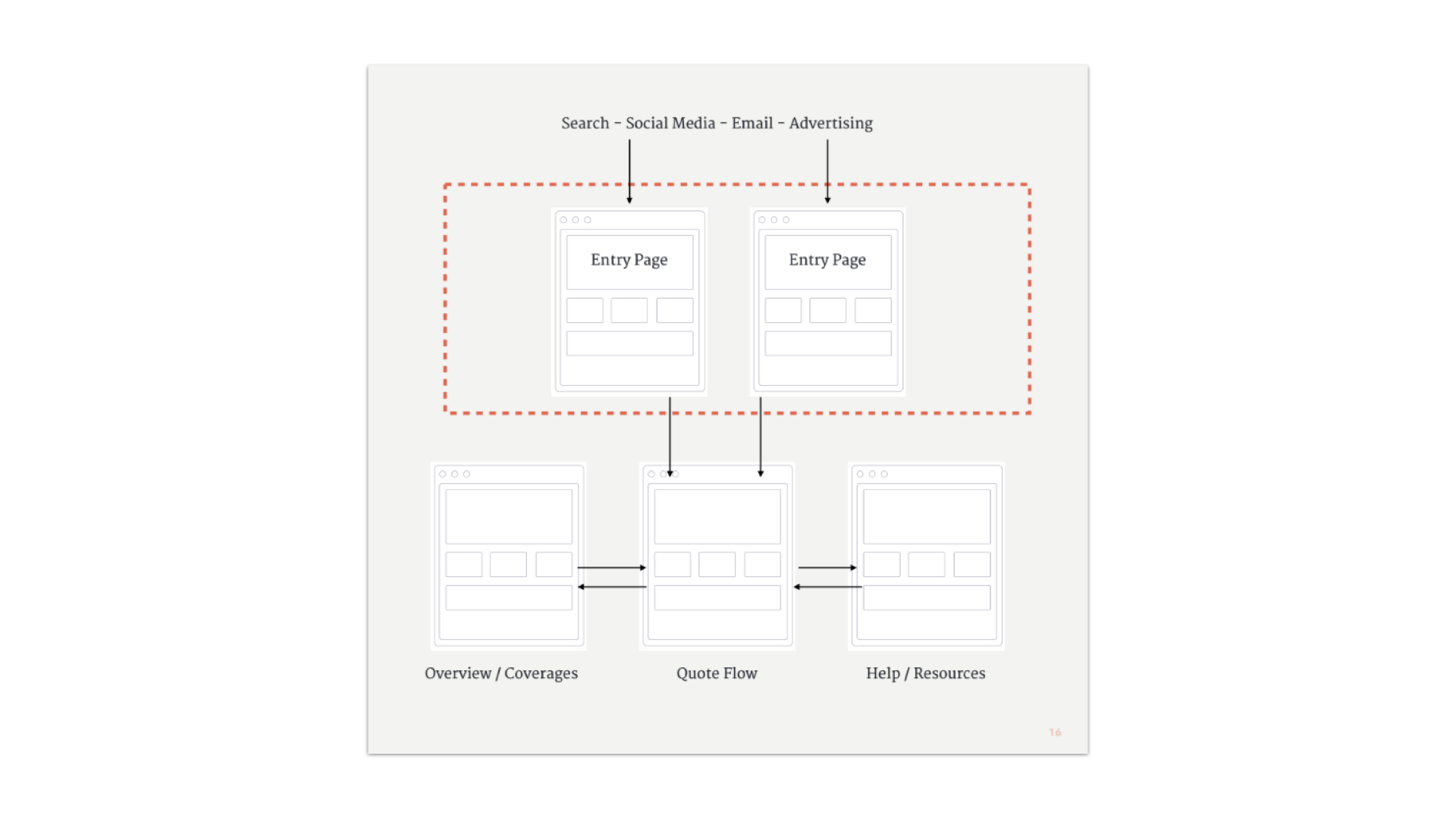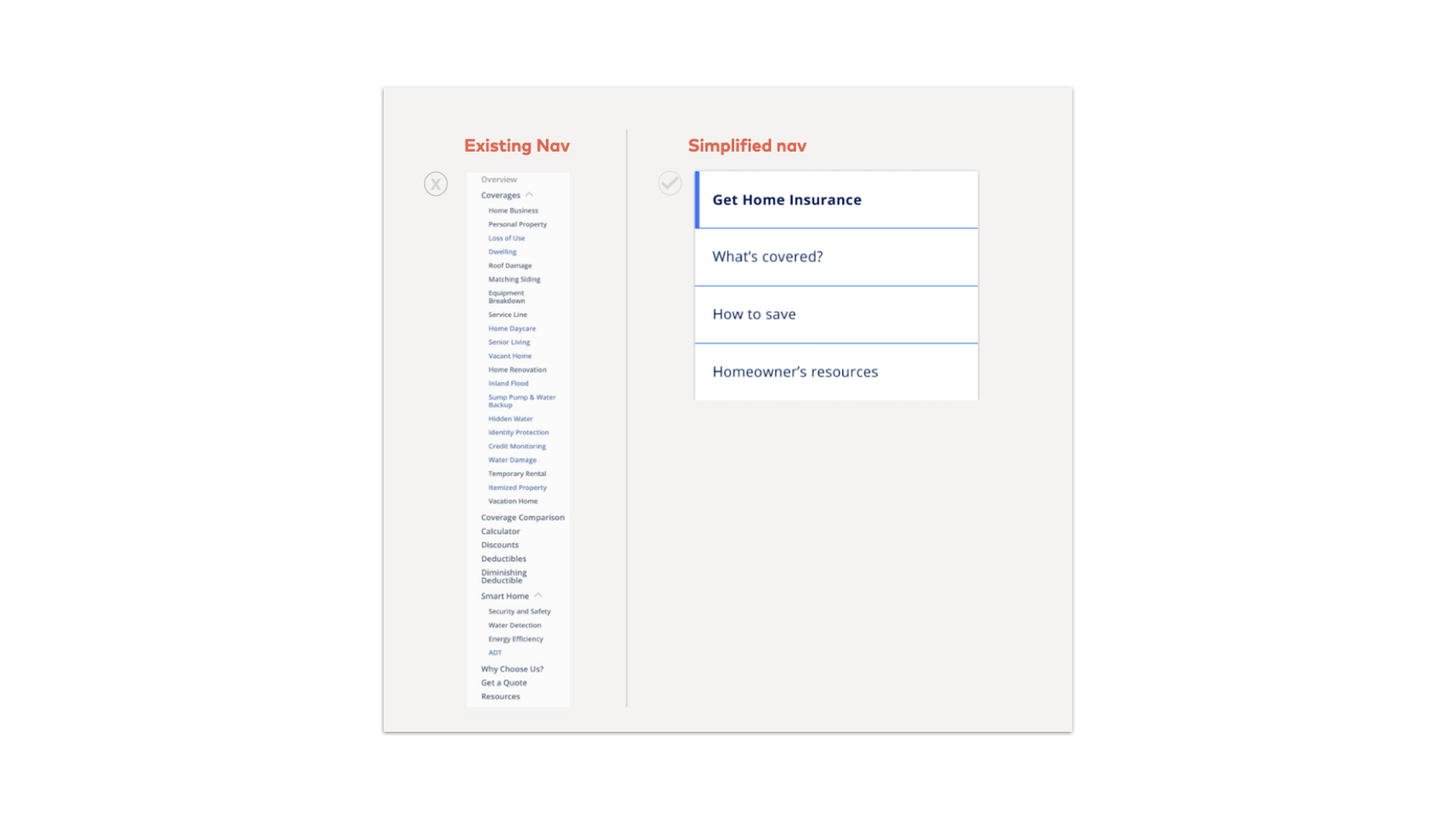
Updating and modernizing legacy systems is a top priority for insurers worldwide, yet many continue to struggle to make progress. While there are countless advantages to modernizing core systems (increased efficiencies, lower operational and maintenance expenses, improved security), chief among them is agility and the ability to meet changing customer expectations quickly.
A legacy system is an outdated computer system, technology, or application still in use. In insurance, legacy systems are still the norm and include CRMs, underwriting engines, policy admin systems, etc. They have long posed a significant hurdle to meeting emerging customer needs. Legacy systems can make product development cycles long and expensive and leave customers frustrated. While many insurers are finding alternatives to completely replacing their core systems that allow them to move faster (i.e., building API layer layers on top of their systems or partnering with insurtechs to fill in gaps), these are often costly and time-consuming investments. While necessary core systems updates are critical to a company’s long-term success, customers can’t wait years for you to update your core systems.
As they work to modernize their legacy systems to enable better customer experiences, it’s critical that insurance companies continue to make small, incremental changes.
Following a user-centered research and design process can help insurers identify opportunities and low-hanging fruit and continue to move the needle on customer experience in the short term.
What does this process look like?
Understanding the end-to-end experience
Do your research
Using research to fully and deeply understand your customer’s end-to-end experience can help inform teams as they work to modernize systems and can also help uncover opportunities in the short term. By understanding this end-to-end experience, you can identify where things are working well and where the pain points and problems exist.
Analyzing data can help you identify where conversions are falling off, or quote flows are being abandoned. Ethnographic research can help you understand the processes and actions people are taking to buy your product or accomplish a specific task, and qualitative interviews and user research can surface points of frustration or confusion in the customer journey or help you understand the why behind the what.
Map the journey
Once you have done your research, use what you learned to map the end-to-end customer journey. Ideally, this process will reveal every action and touchpoint on your customer’s journey—even those that happen outside your digital experience, potentially revealing pain points and opportunities you may have otherwise overlooked
Identify pain points
Once you have mapped your customer journey, use what you learned in your research to identify the pain points in the customer experience. Where are conversions falling off? Where are users getting frustrated? What are they complaining about? What are they trying to do that they can’t accomplish with the current experience?
Ideate and brainstorm
Now that you know the issues impeding your customer experience, you are ready to start thinking about solutions. Using design workshops and ideation frameworks, your team can brainstorm how to address some issues uncovered through your research.
Utilizing tactics like “How might we” statements, which encourage framing solutions around outcomes rather than tactics, can help you identify the most impactful solutions that get to the heart of your experience issues.
As you undertake this process, you’ll want to find ways to constrain your ideas. What could we accomplish in three months? How could we fix this without engaging developers? What could we achieve within this budget?
Test and learn
Now that you have some potential solutions to explore, it’s time for more research to validate your ideas and determine what works.
Do some quick mockups and/or prototypes to put in front of users. Remember: these can be very low-fidelity, as simple as a paper prototype or written scenario you ask users to respond to. Use what you learn to validate and optimize ideas and eliminate concepts that aren’t resonating with users.
Prioritize by effort and impact
As a final step, before you move forward on executing your ideas, you’ll want to put them through a prioritization process that helps you account for things like effort, impact, technical debt, etc. During this process, ask yourself: Is this a quick fix that can address a real problem users are facing? Do we have the resources we need to accomplish this? If we do move forward, will this create more problems and technical debt down the road?
When you look at the end-to-end experience, you are not just taking into account the interfaces and the technology surrounding an experience but the service moments and interactions that connect critical aspects of the experience. Within the experience, there are often simple things you can do to help people navigate legacy systems more efficiently and meet their goals. By going end-to-end – you may be going offline, and in this way, sidestepping or bypassing completely the worst parts of an experience.
These are some of the strategies you might come up with:
Strategies for improving your customer experience that bypass your legacy systems
1. Make simple copy and content changes to better resonate with user needs and mindsets
During your research, you may find that one of the things throwing your users off is business-centric language that does not resonate with their needs.
Our work redesigning customer experiences in insurance has found this to be a widespread problem. Insurance companies often describe policies in their own business-centric terms rather than customer-centric language. Doing the user research described above is key to identifying your customers’ actual needs and mindsests so you can make copy and content changes that will resonate.
For example, a furloughed or laid-off employee may be looking for a health insurance plan to cover them while they look for a new job. Short-term health insurance is the language the business uses internally to describe this coverage. This language may not, however, resonate with the customer’s actual need—temporary affordable health insurance they can buy while they are between gigs.
You might update copy on your website like this:

2. Design landing pages to personalize experiences for different user types
Relatedly, your research may uncover that the people visiting your website fall into different user profiles, each with different mindsets. In one client project we worked, we found this to be true for home insurance shoppers. While some shoppers visiting the site were about to close on a house and needed to purchase home insurance immediately, others were looking to switch home insurance carriers, and still, others were in the early stage of shopping for a new home and just starting to explore home insurance options. Each user type had different needs, expectations, and information they were looking for on the website to help them make their decision, which was not organized around these specific contexts, making it difficult for shoppers to find the information they were looking for.
Rather than redesigning the entire site, we recommended designing and building action-driven “Entry Pages” for each specific user type to serve as the main website’s “front door.” We recommended that these entry pages:
- Align with user mindsets at the precise moment of need
- Empathize and acknowledge user pain points
- Offer “just enough” information to move forward
- Highlight concrete, relevant details
- Anticipate and answer tactical questions

By creating this new “front door” for incoming traffic, the client could direct people to these user-specific entry pages from SEO, social media, SEM, email, etc., and then let those who want to learn more explore the main site from there.
3. Leverage simple communications (email, text) to fill in gaps in the customer experience
Another uncomplicated strategy for serving relevant content or information to the right users at the right time that doesn’t require a site or portal redesign is simple communications like email, text messages, and even phone calls.
In your research, you may find that certain aspects of your customer experience are consistently tricky for your users to navigate. While you may not be able to correct these problems quickly and easily given legacy constraints, you may find that an automated email or text message sent at just the right moment can help your users navigate a tricky task or find what they are looking for on your website. Leveraging these secondary communication channels as essential aspects of your customer experience can help you fill in experience gaps without a considerable investment.
Here is an example of how a simple email can be used to provide personalized content recommendations for a specific user or customer.

4. Ensure that customer service is accessible and useful
While there has been a significant push across industries to digitize and automate every aspect of the customer experience, completely automating customer service can be risky, as doing so can sometimes interfere with a good experience. Don’t underestimate good, old-fashioned customer service, especially in the insurance industry, where products are often complicated to understand. Continuing to find ways to improve and optimize customer experience is critical and doesn’t necessarily require any changes to your legacy systems.
If you can’t update your digital experience to meet customer expectations, ensuring that quality customer service is accessible and easy to find when needed can go a long way in meeting and even exceeding customer expectations.
In your research, you may find that one of the most frustrating parts of your user experience happens when users get stuck and can’t figure out where to find help. Improving customer service might be as simple as adding a phone number, a chat-with-an-agent-now button, an FAQ page, or a knowledge base with the most commonly asked questions. When it comes to customer service, the main rule of thumb is: make getting help as easy as possible.

5. Simplify whenever possible
Often, one of the simplest and most effective ways to improve your experience is to simplify. Take the complexity off of your users and make navigating your systems as straightforward as possible. Overly-complicated forms, busy and confusing navigation – these kinds of issues can create major hurdles for users trying to find information or complete a task.
On one client project, our research found that the navigation menu was so long that when users opened it up to look at it, many immediately abandoned the experience, feeling overwhelmed by the prospect of “navigating” the navigation to find what they were looking for.
Our recommendations:
- Minimize top-level navigation menus to streamline paths and drive downward action.
- Use labels that align with user mindsets (not business mindsets) and anticipate questions.
- Replace long, nested menus with on-page, contextual links to provide access to lower-level pages, such as additional coverages

The imperative for insurers is clear: start with the customer experience improvements that are within reach today. Focusing on understanding the end-to-end experience, pinpointing pain points, and implementing creative, low-tech solutions can dramatically improve the customer experience in the short term, fostering loyalty and trust. These steps, while seemingly small, pave the way for the larger, more complex system updates that lie ahead, helping you remain agile, customer-focused, and competitive in a rapidly evolving industry landscape.